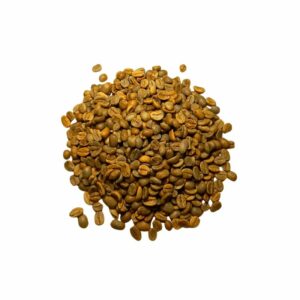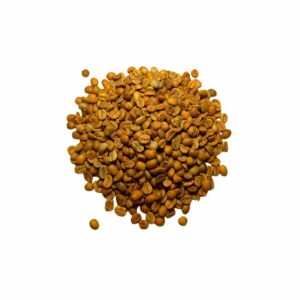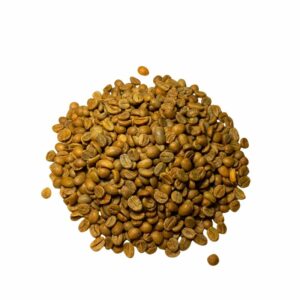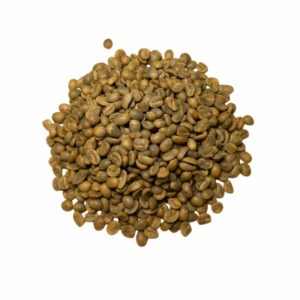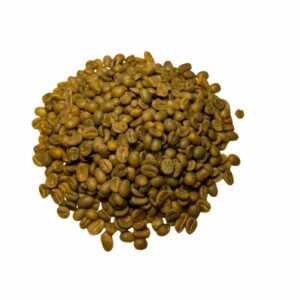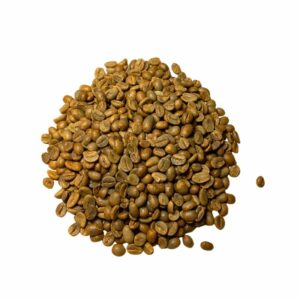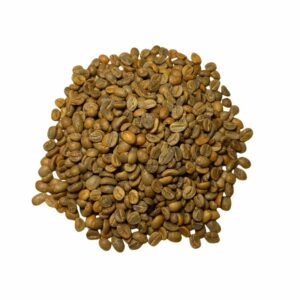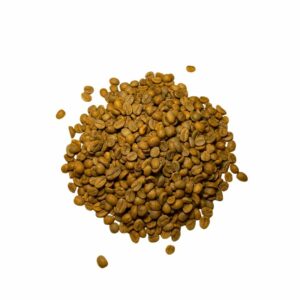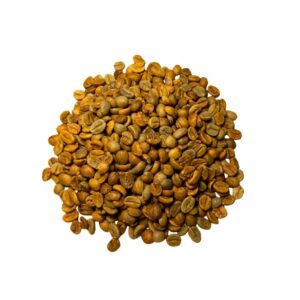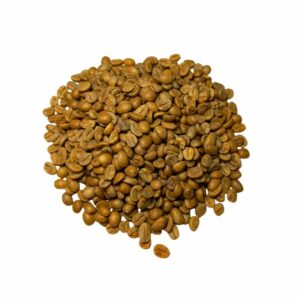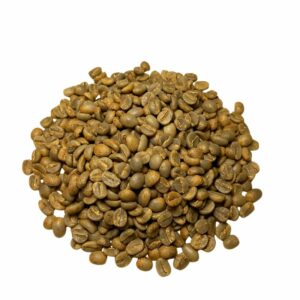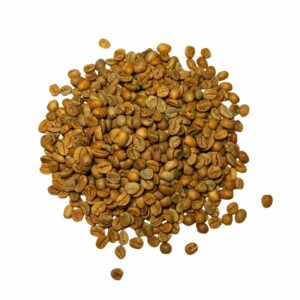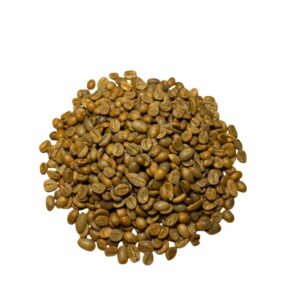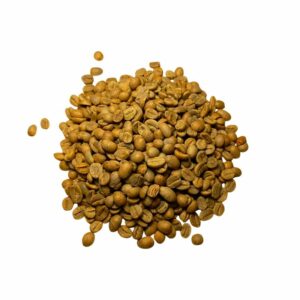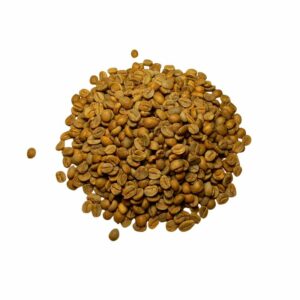From 24 to 30 November
Black Week Offers
- Free shipping!
- On green coffee orders over €1,500
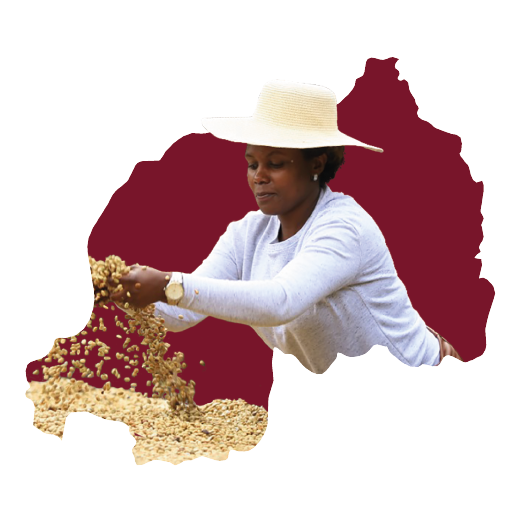

Rwanda is an inland country located in East Africa, bordered to the north by Uganda, to the south and east by Tanzania and to the west by the Democratic Republic of Congo. The country is divided between the Nile and Congo rivers, surrounded byañosranges, is a small country, has an area of 26,338 km² and has an estimated population of 12.62 million inhabitants.
The diverse ecosystems of Rwanda are a set of volcanoes, tropical forests, extensive savannahs and lakes, its territory also contains plains and wetlands that enrich the cultivation of coffee, although the determining factor in the flavors of Rwandan coffee are its fertile andyearssoils located at high altitudes.
The climate of Rwanda is a temperate tropical climate, the country comprises regions with climatic variants with cooler regions in the higher altitudes and much warmer as the territory loses altitude. It is in the higher altitudes that Rwanda’s coffees develop best.
Coffee production in the country is smallholder with farmers depending on coffee harvests, Currently coffee generates more than 400,000 jobs and is cultivated in all regions of the country, with 100% of its production being of the Arabica species and the Bourbon Red varietal.
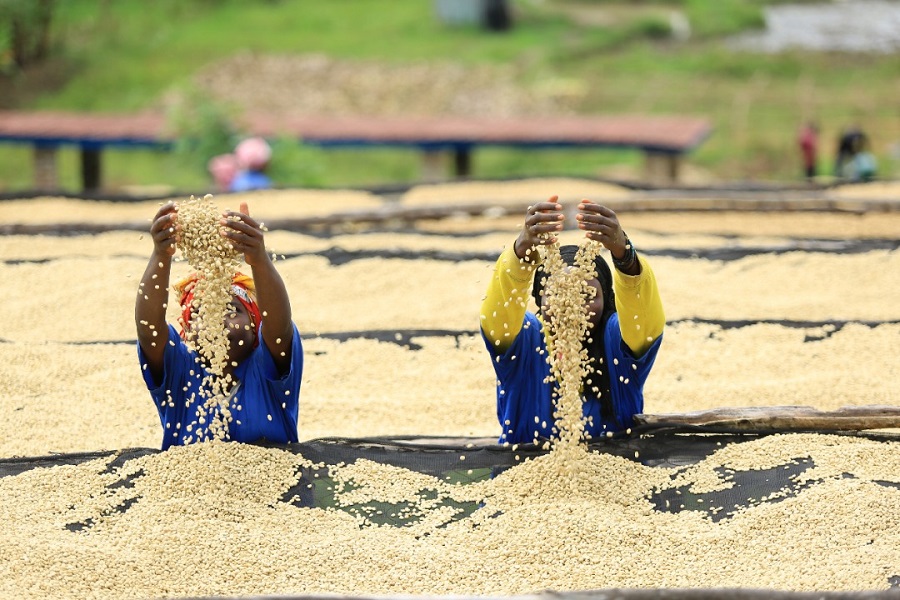
In the coffee growing region of Gakenke is home to 336,582 inhabitants and has a surface area of 645 km². These districts are home to 1,713 hectares of Arabica coffee of the varietal Bourbon Rouge. Gakenke occupies the 1st place as a coffee growing region in the country.
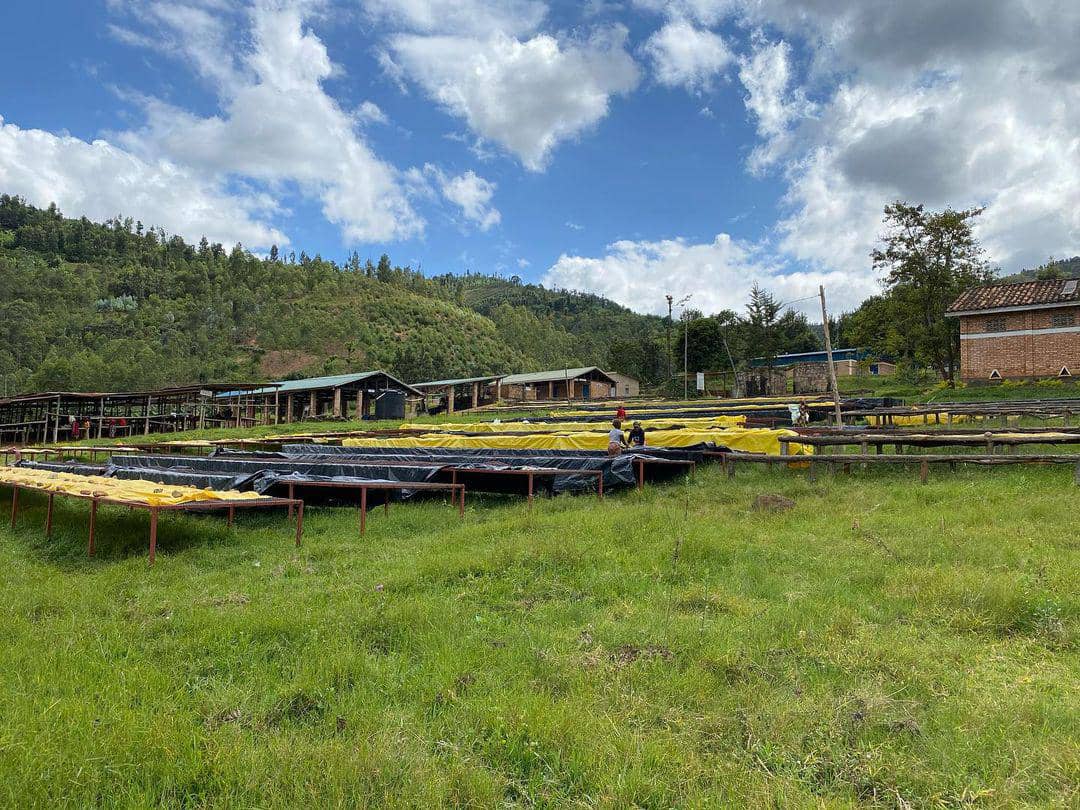
The coffee growing region of Kizi Rift has 8 coffee growing districts where 2.59 million inhabitants live and has a surface area of 5,966 km². These districts are home to approximately 11,191 hectares of Arabica coffee of the Variety: Bourbon. The Kizi Rift region ranks 1st as the country’s coffee-growing region.
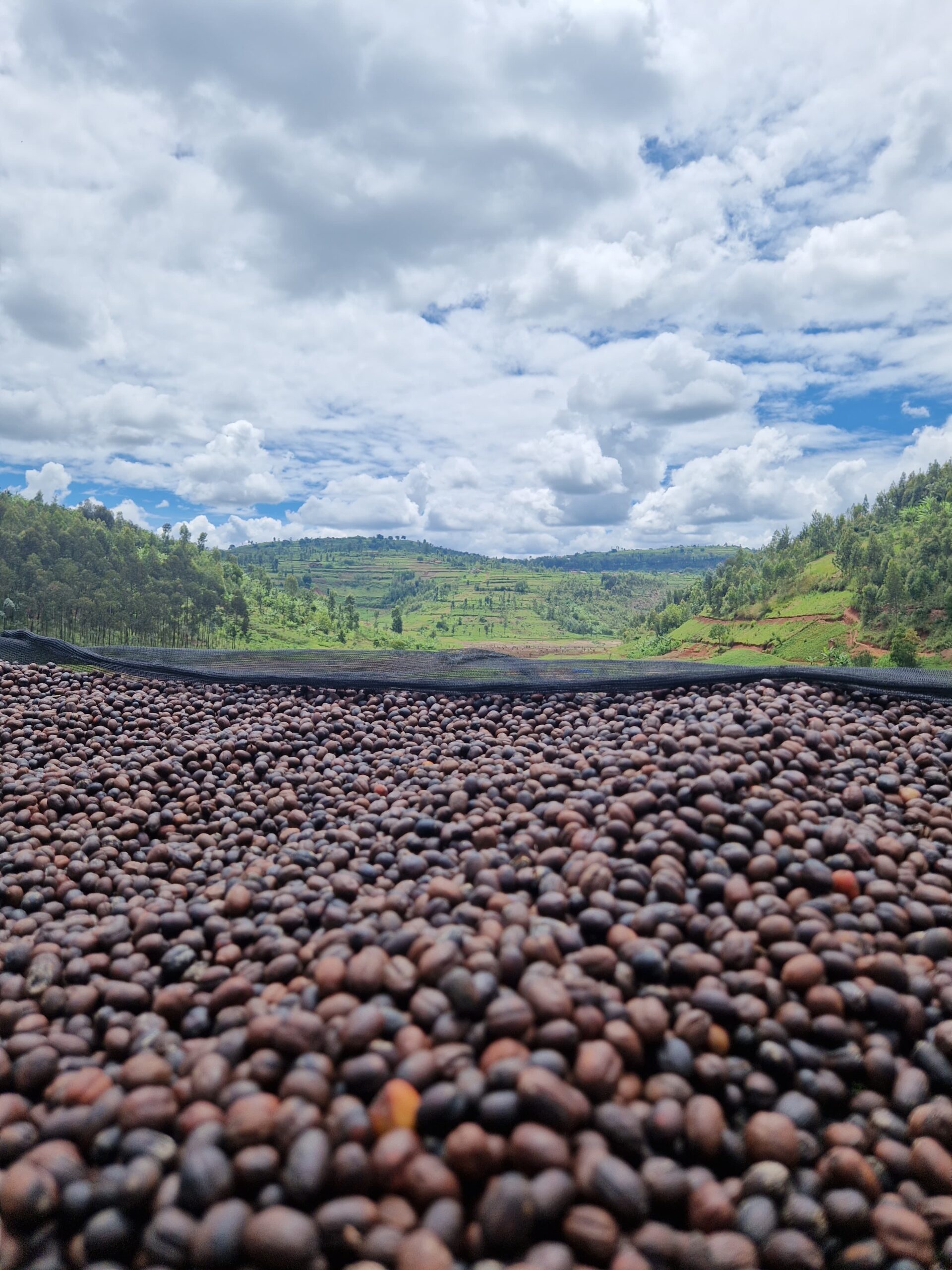
The coffee growing region of Muhazi has 4 coffee growing districts with a population of 1.55 million inhabitants and a surface area of 5,943 km². These districts are home to approximately 4,405 hectares of Arabica coffee of the Variety: Bourbon. The Muhazi region is the 3rd largest coffee-growing region in the country.
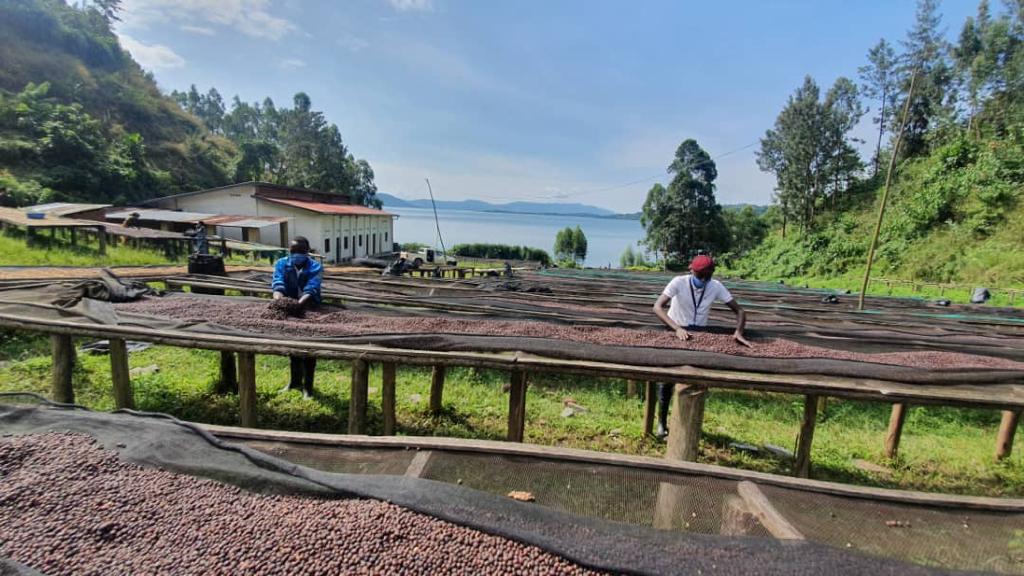
The Nyamasheke coffee region has 7 coffee growing districts with a population of 381,804 inhabitants and a surface area of 1,174 km². These districts are home to some 5,213 hectares of Arabica coffee of the Variety: Bourbon Red. Nyamasheke is the first coffee-growing region in the country.
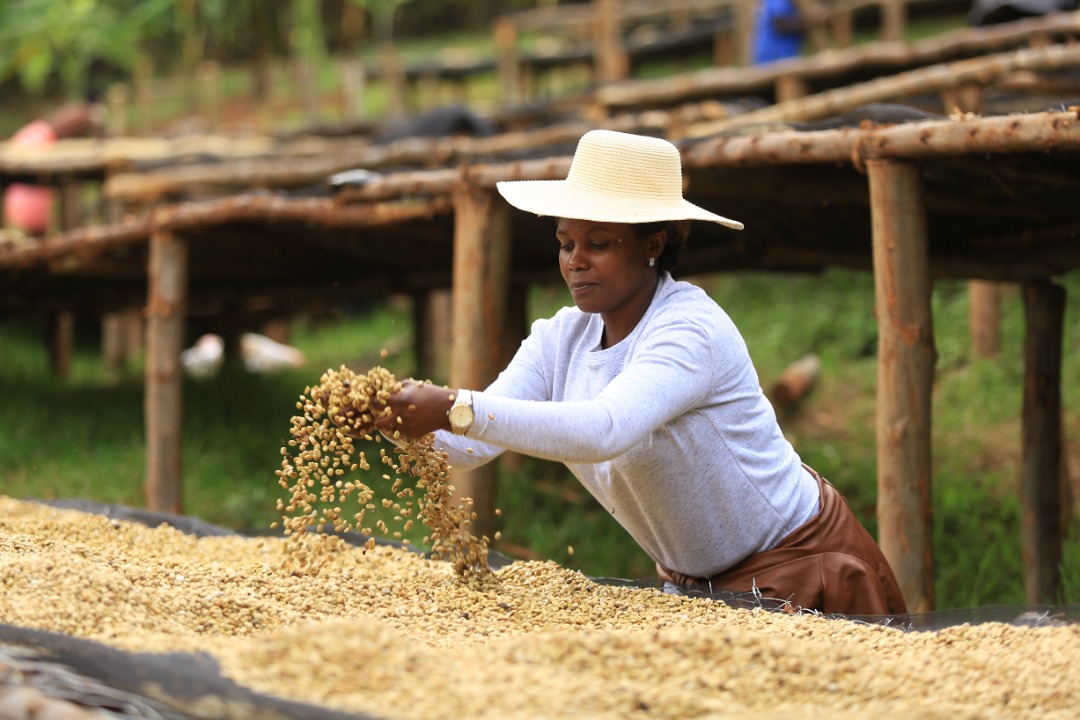
The coffee growing region of Rutsiro has 7 coffee growing districts with a population of 323,251 inhabitants and a surface area of 1,159 km². These districts are home to 2,224 hectares of Arabica coffee of the varietals: Bourbon Red, Catuaí and Caturra, Rutsiro is the 2nd largest coffee-growing region in the country.
